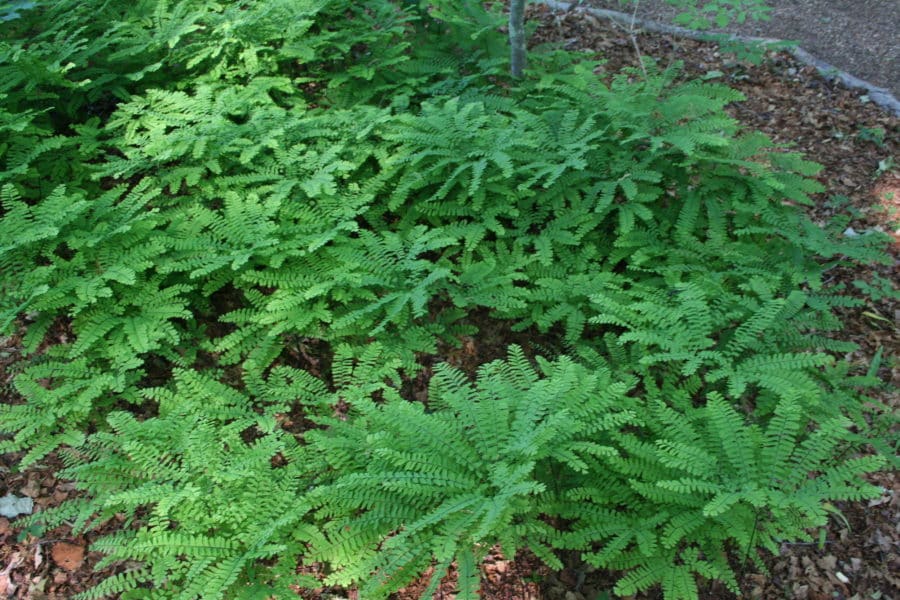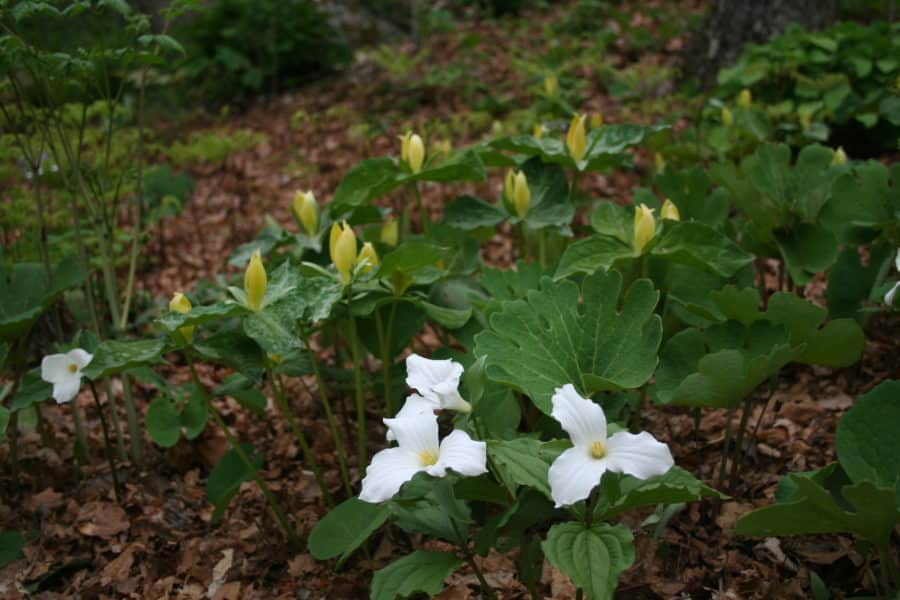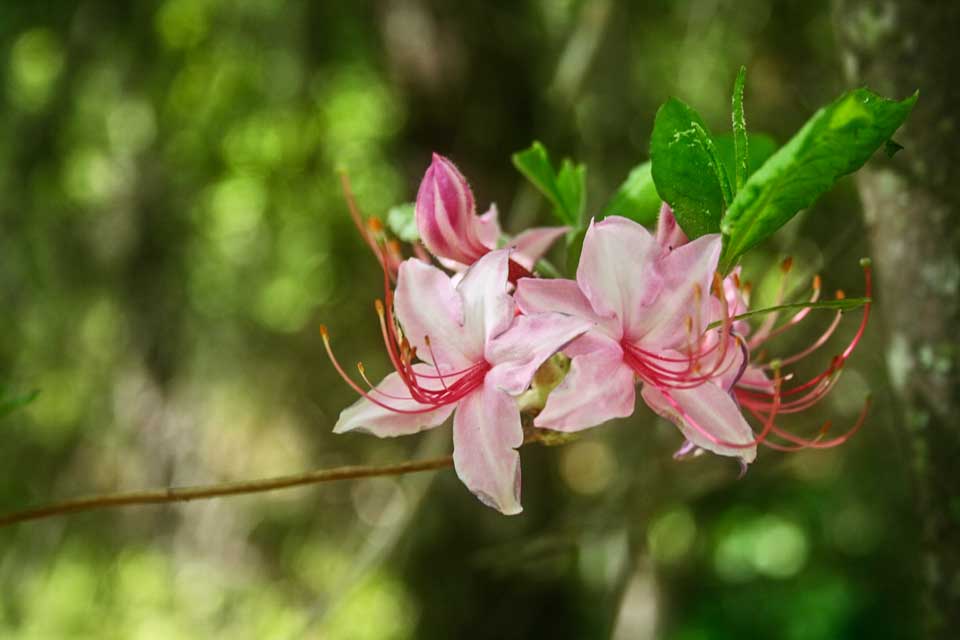Yes, I know – it’s February, but did anyone miss the fantastic 50 degree weather that we have just experienced? To us, it feels like a taste of spring, making us long for warm days and soft breezes. What about our trees and other plants? Does this warm weather make them want to start growth? Fortunately, although our days have been warm and pleasant, the nights have continued to be cold and frosty – certainly a sign that it is not quite time to leaf out or begin growth. In my many years here at the Sanctuary, however, there have been some January thaws that make me wonder if the calendar is wrong.
Our trees and many plants know that January is too soon to begin growth. Although the temperatures may warm to extraordinary highs they are not fooled. Plants rely on several signals to begin growth. One of the most important signals is the amount of daylight we get. In January our average day length is about 9 hours and 30 minutes, there is a slow increase of day length over the month. In February we gain over an hour of day length and in March the increase is almost 1 hour and 30 minutes! (Remember we reach the vernal equinox in late March – 12 hours of day, 12 hours of night) Plants are waiting for those longer days of spring, and the number of hours of sunlight is still too few in January to signal growth – plants know that although the temperature is warm, the day length tells them it is still winter.
Another clue is a dormancy hormone in the buds of trees. Plants produce phytohormones, or chemicals to regulate plant growth. Abscisic acid is produced in the fall, it signals leaf drop and inhibits growth in seeds and buds. It is present in high quantities in the fall but over the course of the winter the abscisic acid dissipates and levels of gibberellin increase. Gibberellic acid allows plants to use the stored food reserves to begin growth. Without Abscisic acid buds would start to grow during warm periods in winter and be killed when the weather turned cold again. In January, levels of abscisic acid are still too high to allow growth to begin.
So, warm temperatures and the news that the groundhog didn’t see his shadow does not mean that winter is over. Here in New England, we still have six more weeks of winter. Our plants are a better indicator of spring than a groundhog.



